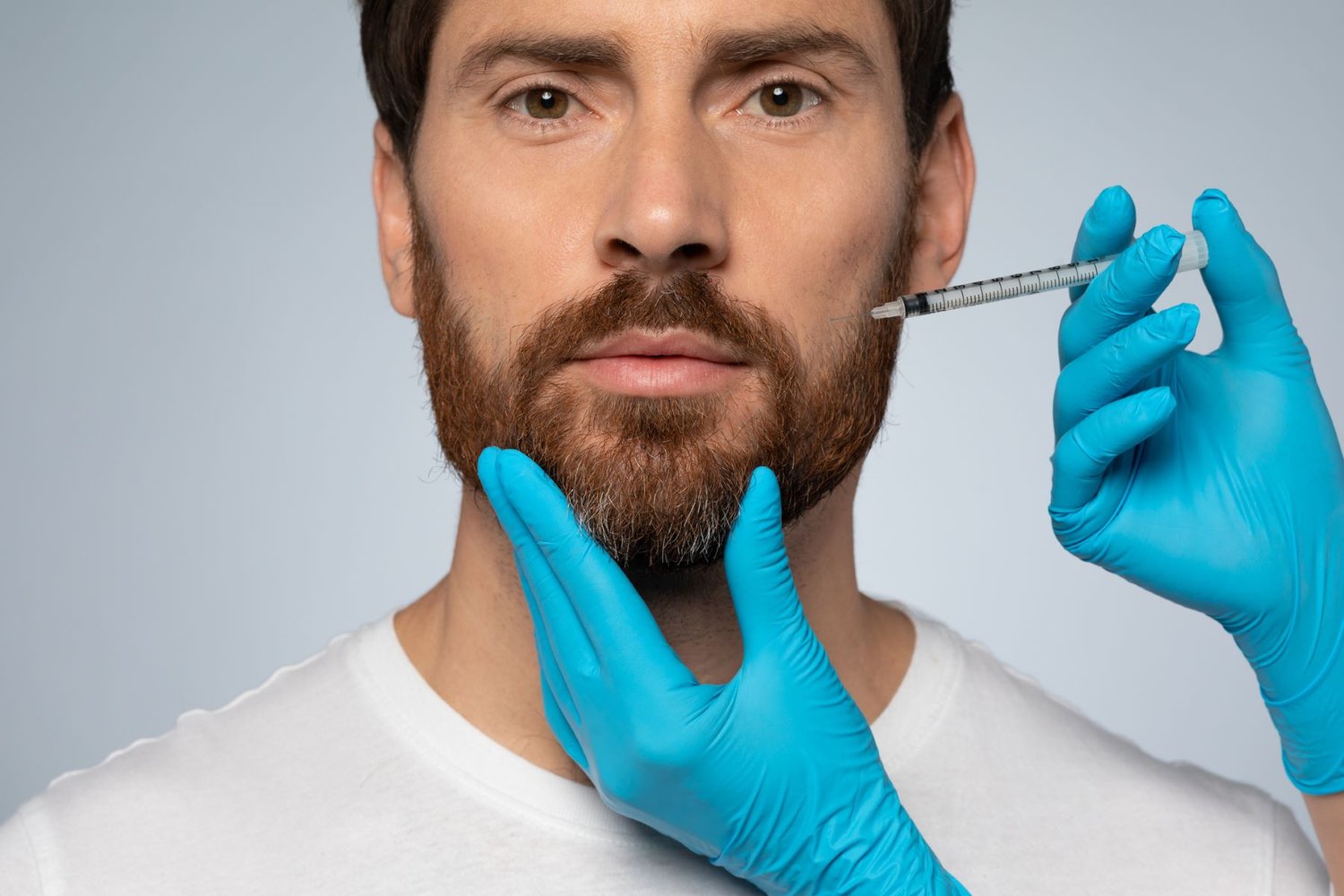A beard hair transplant is a popular cosmetic procedure that helps men achieve a fuller, thicker beard. However, like any surgery, the healing process is an essential part of achieving the best results. If you’re considering a Beard Hair Transplant(زراعة شعر الذقن), it’s important to understand how long it takes for the procedure to heal and what steps you can take to ensure a smooth recovery. In this article, we’ll guide you through the healing timeline and provide tips for post-surgery care.
The Initial Healing Phase: The First Few Days
After your beard hair transplant, the initial healing phase involves managing discomfort and following post-operative instructions carefully.
- Swelling and redness: In the first few days, it’s common to experience some swelling and redness around the transplant area. These symptoms should subside within a few days.
- Pain management: Mild discomfort is normal after the procedure. Your surgeon may prescribe painkillers to manage any pain you may feel.
- Scabbing: Small scabs will form where the hair follicles have been implanted. These are completely normal and will start to fall off within a week.
It’s essential not to touch, scratch, or pick at the transplant area during this period to prevent dislodging the follicles.
The First Week: Caring for Your New Beard
The first week after your beard hair transplant is crucial for setting the foundation for optimal healing and results. During this time, you’ll need to be extra cautious about following your aftercare instructions.
- Cleanliness is key: You’ll need to clean the transplant area carefully using a gentle, prescribed cleanser to prevent infection.
- Avoid direct sunlight: It’s important to avoid direct sun exposure for at least the first week to prevent damage to the sensitive, healing skin.
- Physical activity restrictions: Refrain from strenuous activities, including exercise, for at least a week to minimize swelling and reduce the risk of complications.
The first week is all about protecting the area and ensuring the follicles remain intact as they begin to settle into their new position.
Two to Four Weeks: Hair Shedding Phase
Around the two to four-week mark, you will likely experience hair shedding, which is a normal part of the recovery process. Many patients are concerned by this, but it’s actually a sign that the hair follicles are starting to enter their natural growth cycle.
- Hair shedding: Expect some of the transplanted hair to fall out during this phase. This shedding typically occurs within the first three to four weeks after the procedure.
- No need to worry: This is a temporary phase, and the hair will begin to grow back after shedding, often thicker and healthier than before.
- Scabbing removal: The small scabs that formed initially will fall off naturally during this period. Avoid picking at them to prevent irritation.
While it can be discouraging to see hair fall out, trust the process, as the new growth will soon begin.
One to Three Months: The Growth Phase
After the initial shedding phase, the growth process begins. The transplanted follicles will start producing new hair, and by the third month, you should notice some noticeable changes.
- Initial hair growth: Around one to three months, you’ll start seeing some of the transplanted hair grow back. This early growth is typically soft and fine, but it will thicken over time.
- Patience is crucial: Don’t expect full results immediately. Hair growth will be gradual, and it can take several months for your new beard to achieve its full thickness and density.
- Follow-up with your surgeon: You’ll likely have follow-up appointments with your surgeon to monitor progress and ensure everything is healing properly.
During this phase, it’s important to stay patient and continue following any aftercare instructions, such as avoiding sun exposure or harsh grooming products.
Six to Nine Months: Results Start to Take Shape
By six to nine months post-surgery, you should start to see the final results of your beard hair transplant. This is when the beard will begin to look fuller, more natural, and aligned with your expectations.
- Fuller appearance: The hair will thicken, and the growth should be more consistent, making your beard look more complete and natural.
- Fine-tuning the shape: Some men opt for additional grooming or touch-up procedures during this period to refine their beard shape and density.
- Growth of the transplanted hair: The transplanted hair will now be fully integrated with your natural hair, offering a seamless, full beard look.
At this point, the healing process is mostly complete, and you’ll begin enjoying your new beard.
One Year and Beyond: Final Results and Maintenance
The final results of your beard Hair Transplant(زراعة الشعر) will typically be visible within 12 months after the procedure. At this stage, the hair will be fully grown, and the procedure’s success can be evaluated.
- Permanent results: The hair transplanted during the procedure is permanent and will continue to grow naturally, just like the rest of your facial hair.
- Ongoing care: To maintain the health of your beard, continue to follow grooming and care routines. You may need occasional touch-ups, depending on how your beard grows.
- Confidence boost: Many men report feeling more confident and satisfied with their appearance after their beard reaches its full potential, which can be incredibly rewarding.
By the one-year mark, you can confidently assess the long-term results and enjoy your new, fuller beard.
Conclusion:
The healing process for a beard hair transplant is a gradual journey, with the first signs of new hair appearing within the first few months. Patience is key as you move through the various stages of recovery—from the shedding phase to the final full beard results at one year. Following the aftercare instructions and maintaining a healthy lifestyle can ensure the best possible outcome. With proper care and patience, you can enjoy a thicker, fuller beard that lasts a lifetime.

